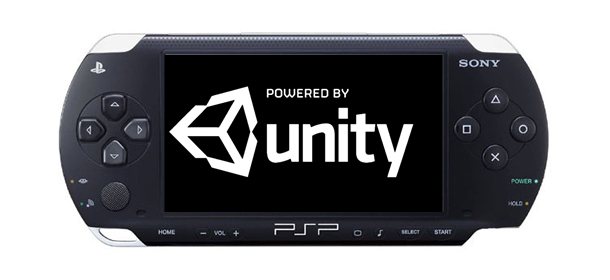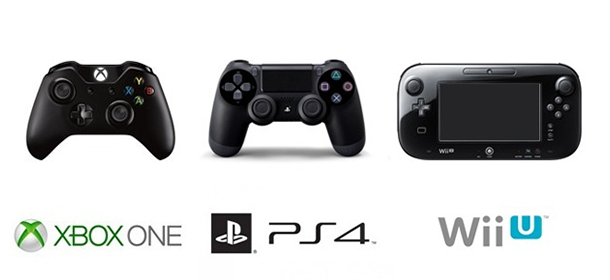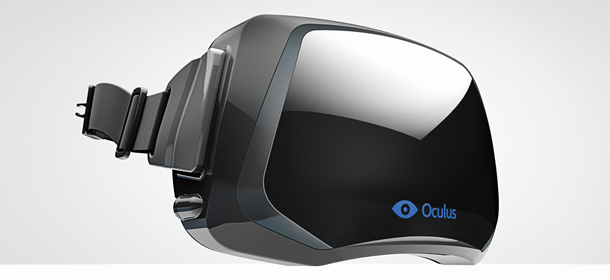
The gaming industry has been one of the fastest growing industries for the last couple of years. Surprised? Even during times of economic slowdown, it appears to have been immune to the effects of the recession.
According to industry analyst, Colin Sebastian for RW Baird, video games generated US$60 billion in revenues in 2011 and are expected to reach US$80 billion by 2014. It’s not a matter of “If” it’ll keep growing, but rather of “How”. In that aspect, 2014 is going to be an interesting year if we consider the fact that it will be marked by the deployment of new home consoles from some of the biggest players out there. Looking at Sony and Microsoft.
Without further ado, let’s jump into the list of the Top 5 Gaming Trends for 2014, presented in no particular order below:
1. Mobile + Unity: Mobility

Just three words: Cross Platforms Frameworks, mainly Unity 3D, which appears as the biggest contender for Engine of the Year 2014 (though not the only one). These frameworks continue the growing trend of casual mobile games that you can play on the go. Not only that, they also appear to be based on the Freemium Model which attracts players with a free version of the product, and aims to get revenue out of premium features like Micro Transactions. All these frameworks support this model in some way or another and make a wonderful job of integrating with existing markets, such as Apple Store or Google Play.
2. Console War + Integration With Other Media:

According to video game analysts, the deployment of the 8th console generation is clearly shaping to define innovation and increase revenue till at least 2017. We have already seen the integration between games and other media, bending the frontiers proposed by previous home consoles. Whereas this integration was initially established by social games, the next generation is fueled by bigger players jumping into the same wagon.
Consoles like PS4 and Xbox One provide out of the box social media integration, even present in the hardware design. Not only that, but also real time streaming, gameplay video sharing and other to-come functionalities that will shape 2014 and the generation as a whole. We still have to see what developers will bring to the table regarding new forms of integration, but definitely this is the one topic to look for this year.
3. Indie Games + Crowdsourcing:
Indie Games (aka games without a publisher) have been rising since the second half of the 2000s. The term Crowdsourcing, coined around 2006, has deeply impacted this side of the gaming industry.
It’s interesting to see how some big companies (especially Sony with its PS4) have finally recognized these developers as a powerhouse of their own and made the effort to build good relations by providing tools and publishing channels that make their life easier. The quality of a Home Console is no longer dictated by the amount of AAA titles or exclusivities, but also by the size of its Indie Developer community. We’ll definitely see a lot of amazing Indie games running on the new home consoles in 2014.
4. New Peripherals + “Other” Consoles:

The revolution that started in 2006, when Nintendo introduced the Wii, continues on to this day with new manufacturers getting into the “different ways of gaming” business. Nintendo again pioneered this generation with its Wii U and the concept of asymmetrical gaming. While the system still hasn’t grown on gamers around the world, it most likely will in 2014 once developers have had more time with the platform and Nintendo introduces its biggest franchises in the form of first party titles.
Other proposals are appearing in the form of less traditional input methods, like Leap Motion, Oculus Rift and the concept of Augmented Reality. Google Glasses, still in beta form, is also a potential contender for “revolutionary gaming device of the year”.
Let’s not forget that for the first time we see games allowing the player to 3D print his avatar and get it sent over by mail. Probably there won’t be much time left until 3D printers become a standard consumer product and players will be able to use their printed figures and NFC, already present in consoles, to interact with games the same way Skylanders or Disney: Infinity do it today.
We still need to see what developers have waiting up their sleeve. Not only these peripherals, but also the arrival of yet-to-see-what-happens consoles like Ouya or Steam Box. They will probably have some impact in 2014 and the years to come.
5. Big Data:
Developers have been studying gamers to create games that mirror their preferences. Big Data could finally answer questions like: Why did Angry Birds stood out when similar games just flopped? Once your game has launched you can gather an almost endless amount of information to help you improve your mechanics and understand what makes players stick around. This is pretty important when taking into account that the global game industry is now larger than the music industry and on par with the size of the film industry.
Not only that, Gamification, already considered as a valid term by the Oxford dictionary, is also starting to spread outside the video game market, and the need for metrics associated with these programs will only move up.
But don’t forget, everything is related
This isn’t your typical list in the sense that each of its items are profoundly related in the way they will shape the gaming experiences of our generation.
Extracting new data, developers can analyze the most efficient ways to appeal to new or existing demographics and produce an experience that goes beyond the game itself. All of this, empowered by non-traditional ways of expression and blurring the traditional limits of the living room.
The introduction of new player segments, such as non-hardcore players that dig a kind of experience that pushes for innovation, has opened the market for new contenders that don’t have a ton of money to produce a AAA title, but innovation wise are on par and even surpass the big studios (wink).
Now, more than ever, the tools to build a dream game have been made available thanks to cross platform easy to use engines and being able to self-publish their games to the store. This 2014 is truly shaping to be a remarkable year for the gaming industry as a whole.
We Want Your Feedback- Contact us Today!
This Article is an opinion piece, feel free to directly contact the Author of this post or leave your comments in the comment section below. Also, feel free to tell us if there is anything specific you would like to know about Games. You can get in touch with us by filling out the form in the Contact Section or by emailing us at hello@makingsense.com; we’ll be glad to advise you, regardless of your video game development needs.
Don’t forget to visit our blog for the latest news from our developers. Also, obtain more useful information on how Making Sense’s high performance team of developers can help you save money, develop applications in record time, and build a loyal base of customers.
